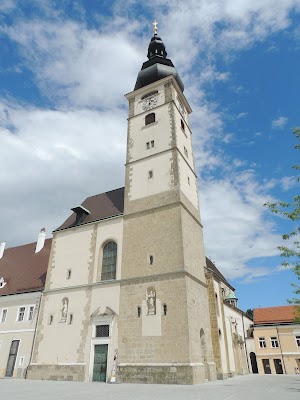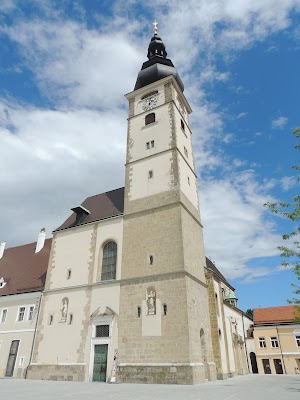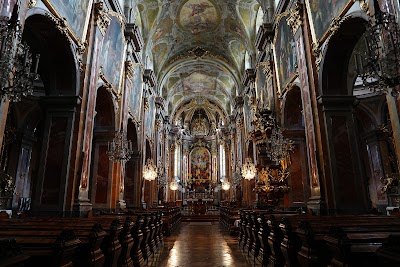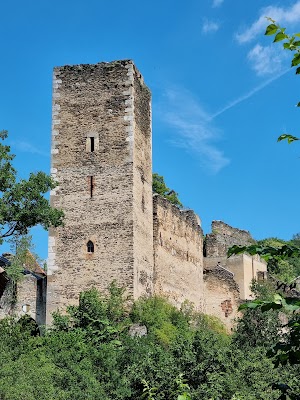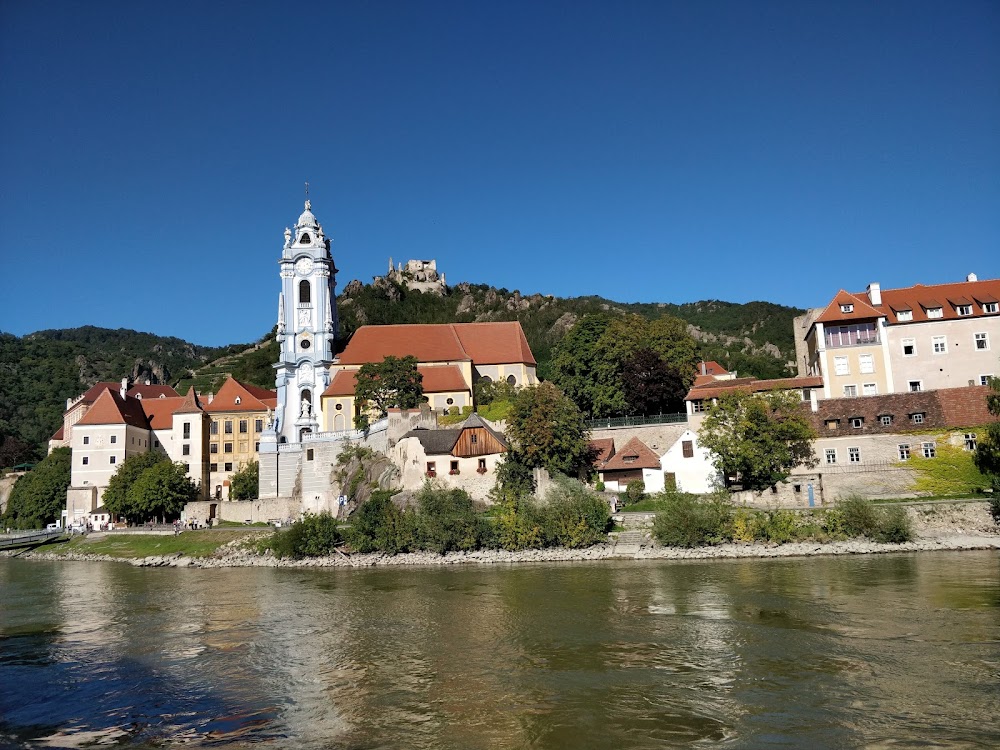St. Pölten Cathedral (Dom zu St. Pölten)
Overview
**St. Pölten Cathedral: A Jewel of Lower Austria**
St. Pölten Cathedral, officially known as the Cathedral of the Assumption of Mary, stands as a magnificent landmark in St. Pölten, the capital of Lower Austria. Renowned for its historical significance and architectural splendor, this cathedral symbolizes the region's rich cultural heritage.
The cathedral's history dates back to the **8th century**, when the site was originally chosen for a monastery. Over the centuries, it has undergone numerous reconstructions and renovations, adapting to various architectural styles. The current **Baroque structure**, primarily established in the 17th century, is a testament to the extensive refurbishment led by the esteemed architect **Jakob Prandtauer**, who is also celebrated for his work on Melk Abbey. The sanctuary, originally Romanesque, has transformed into a masterpiece that elegantly fuses **Gothic and Baroque elements**.
One of the first things that capture the attention of visitors is the cathedral's **imposing facade**, characterized by its twin towers and intricate stucco decorations. Upon entering, you are greeted by an opulent interior filled with stunning frescoes, gilded altarpieces, and detailed woodwork. The high altar, dedicated to the Assumption of Mary, is particularly noteworthy for its remarkable artistry and provides a focal point for reflection and admiration.
Beyond its architectural beauty, the cathedral has served as a **centerpiece for the spiritual and cultural life** of St. Pölten and its surrounding region for centuries. It plays a vital role in major religious ceremonies and festivals, such as the **Feast of the Assumption of the Blessed Virgin Mary** on August 15th, drawing visitors and pilgrims from across the country and beyond.
An intriguing feature of the cathedral is its **crypt**, which houses the remains of several bishops and significant religious figures. This area offers a unique glimpse into the diocese's religious history and serves as a place of contemplation and reverence. The crypt also features archaeological exhibits that trace the site's development from its early beginnings.
St. Pölten Cathedral is not only a pilgrimage destination but also a thriving **cultural hub**. Throughout the year, it hosts a variety of concerts, art exhibitions, and cultural events that beautifully showcase the intertwining of faith and art. The cathedral's exceptional acoustics make it a sought-after venue for choral and classical music performances, enriching the experience for all who visit.
Visitors will also be captivated by the cathedral's **impressive organ**. Rebuilt and expanded over the years, this magnificent instrument now comprises around 3,000 pipes, serving both liturgical functions and public recitals. Listening to the organ's resonant tones in the serene cathedral setting is an experience not to be missed.
Conveniently located in the heart of St. Pölten, the cathedral is easily accessible and surrounded by other historical attractions and charming cafes. A visit to the nearby **Diocesan Museum**, housed in a former abbey, complements your exploration with exhibits on religious art and history, offering deeper insights into the cathedral's significant role in the region's spiritual life.
For those planning a visit, **guided tours** are highly recommended. These tours provide valuable insights into the cathedral's history, architectural nuances, and cultural significance, allowing visitors to appreciate the finer details that might otherwise go unnoticed.
In summary, St. Pölten Cathedral is a site of immense **historical and cultural importance**. Its stunning Baroque architecture, rich history, and vibrant role in the local community make it a must-visit landmark in Lower Austria. Whether you are a history enthusiast, an architecture lover, or someone seeking spiritual solace, the cathedral offers a wealth of experiences for everyone. Don’t miss the opportunity to explore this gem in the heart of St. Pölten and immerse yourself in the beauty and tranquility it exudes.


